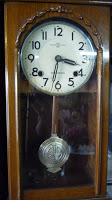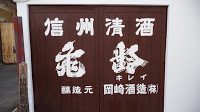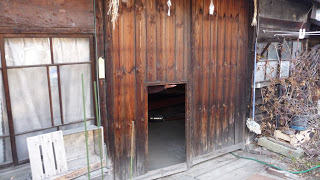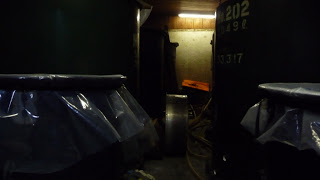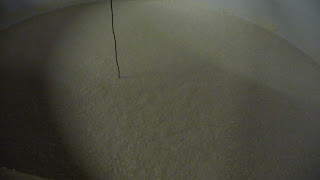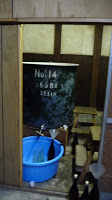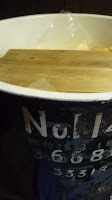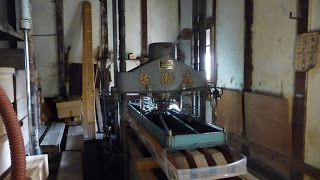It’s come to my attention that many readers have not visited a sake brewery. I tried to visit one in Ueda (Wadaryu), but failed since they were closed on Sundays. Thus I went to this one, which turned out pretty well – met the brewer, tried some daiginjo fresh from the tank, generally pleasant experience. If you look at the pictures, you’ll get most of the value that you’d get from a real brewery visit (or at least it’ll ruin any surprises that you might otherwise have had). With that…
it’s sake o’clock! (yeah, this was in their showroom, and it was 3:30 when I visited).
Okazaki Brewing has been in business since 1706. I don’t think all of the buildings date to that time, but there’s no reason some of them couldn’t. This is in the preserved section of Ueda (Yanagicho, I think it was), which is a nice cobbled street 10 minutes north of the station. The kanji are, as usual, unpronunceable. I wandered around the shop for a couple minutes until an older woman showed up, and after a chat she suggested that I might like to look around.
The brewing warehouse has an oddly small door; I don’t think this is due to people being 4 feet tall in 1706, but you never know. Inside, 3 or 4 guys were lounging around watching TV in a heated room. They looked at me skeptically. My guide took me to the back, where the chief brewer, Midori, was working on some daiginjo. Midori showed me a few things…
Like these tanks. This is what you’re going to see at most small breweries, I imagine – just some big tanks, percolating away. Midori insisted that I climb a ladder and have a look into one of the active tanks.
Think of this as an action shot since it shows actualy sake, actually fermenting. If I could post a video…there still wouldn’t be any action, because it was a mellow sort of fermentation
The daiginjo is made in a separate room, in this small tank.
I’m reminded in looking at this of the master at Omasa Komasa, who went on at length about the various proprieties of filtering the sake. Rather than using a pressing machine, I think they had just put some plastic and a board on top of this, and were getting ‘free run’ sake instead of the harsher flavor that you might get if you squeezed the bejeezus out of the rice…
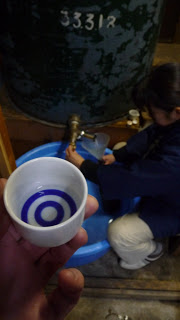 Not that I was expecting bar service, but I wasn’t going to complain about the Chief serving up some of the still-sparkling daiginjo that she was hand-bottling. It tasted like all the other things they make at Kirei – a bit sour, and with a very characteristic taste that I imagine is a combination of their choices in rice (Miyama Nishiki, it says on one of their sites) and mold. It’s not my favorite thing, but of course it’s still lots of fun!
Not that I was expecting bar service, but I wasn’t going to complain about the Chief serving up some of the still-sparkling daiginjo that she was hand-bottling. It tasted like all the other things they make at Kirei – a bit sour, and with a very characteristic taste that I imagine is a combination of their choices in rice (Miyama Nishiki, it says on one of their sites) and mold. It’s not my favorite thing, but of course it’s still lots of fun!